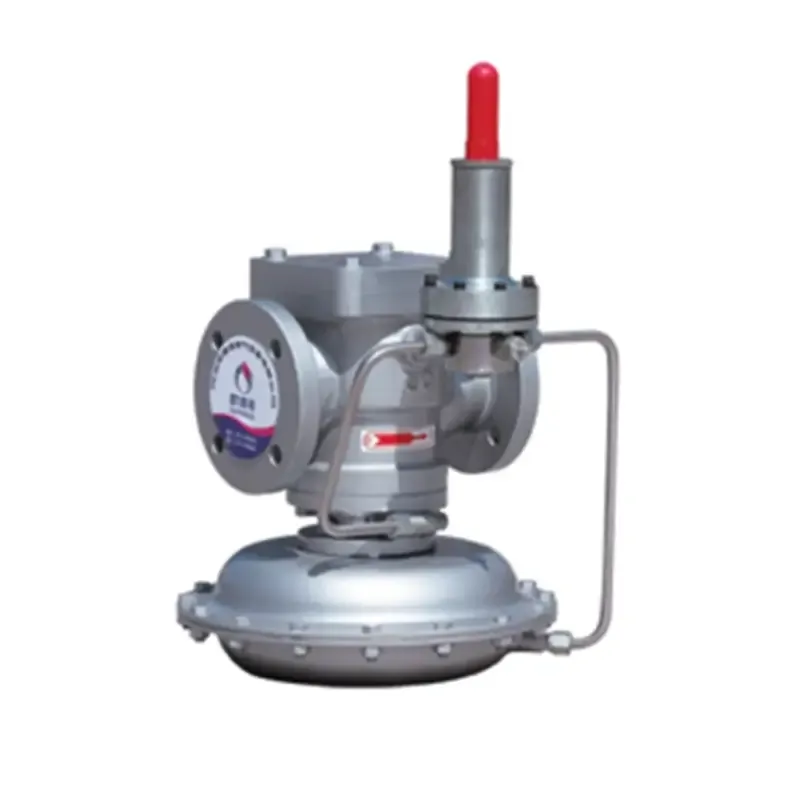
Nov . 27, 2024 16:26
Back to list
Understanding Heat Exchangers and Their Role in Energy Efficiency Systems
Understanding Heat Exchangers Principles, Types, and Applications
Heat exchangers are crucial devices used in various industries for transferring heat between two or more fluids. These fluids can be liquids, gases, or a combination of both, and they typically operate at different temperatures. The primary purpose of a heat exchanger is to either enhance the heating of a process fluid or to cool it down by effectively transferring heat from one fluid to another without mixing the two.
Principles of Heat Exchange
The fundamental principle behind heat exchangers is based on the second law of thermodynamics, stating that heat naturally flows from a hotter object to a cooler one. In a heat exchanger, the hot fluid transfers its thermal energy to the cooler fluid through a separating wall or surface, thereby increasing the temperature of the cooler fluid while decreasing the temperature of the hotter one. This process is incredibly efficient and can be carried out in various ways, depending on the type and design of the heat exchanger.
Types of Heat Exchangers
There are several types of heat exchangers, each serving unique applications and operational needs
.
2. Plate Heat Exchanger Consisting of thin plates stacked together, this design allows fluids to flow in alternating channels. The large surface area of the plates facilitates effective heat transfer, making plate heat exchangers ideal for food processing and refrigeration systems.
مبادل حراري

3. Air-Cooled Heat Exchanger These utilize ambient air to cool a fluid, typically used in situations where water is scarce. They are common in the petrochemical and HVAC industries, providing an efficient cooling method without the need for water.
4. Double-Pipe Heat Exchanger The simplest design, this type consists of one pipe inside another. One fluid flows through the inner pipe while the other flows in the outer pipe, making it easy to construct and maintain. However, they're typically used for smaller applications due to their size limitations.
5. Finned Tube Heat Exchanger This design uses fins to increase the surface area available for heat transfer, enhancing efficiency. They are used extensively in air conditioning and automotive radiators.
Applications of Heat Exchangers
Heat exchangers play a pivotal role across various sectors. In the energy industry, they are vital components in power generation plants, where they recover waste heat and improve efficiency. In the chemical processing industry, they are employed to control temperatures during reactions, ensuring optimal performance and safety. Moreover, in the food and beverage industry, heat exchangers are used for pasteurization and cooling processes.
In the HVAC sector, heat exchangers are essential for heating and cooling buildings efficiently, contributing to energy savings and environmental sustainability. The automotive industry also relies on them for engine cooling systems, ensuring that processing temperatures remain within safe limits.
Conclusion
In summary, heat exchangers are integral to modern technology and industry, providing effective solutions for thermal management in various applications. By understanding the principles and types of heat exchangers, industries can better harness their benefits to ensure efficiency, safety, and sustainability in their operations. As technology continues to advance, the design and efficiency of heat exchangers are expected to evolve, leading to even more effective thermal solutions in the future.
Latest news
-
Safety Valve Spring-Loaded Design Overpressure ProtectionNewsJul.25,2025
-
Precision Voltage Regulator AC5 Accuracy Grade PerformanceNewsJul.25,2025
-
Natural Gas Pressure Regulating Skid Industrial Pipeline ApplicationsNewsJul.25,2025
-
Natural Gas Filter Stainless Steel Mesh Element DesignNewsJul.25,2025
-
Gas Pressure Regulator Valve Direct-Acting Spring-Loaded DesignNewsJul.25,2025
-
Decompression Equipment Multi-Stage Heat Exchange System DesignNewsJul.25,2025

